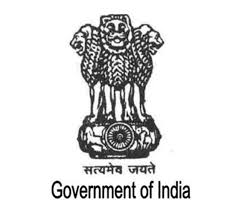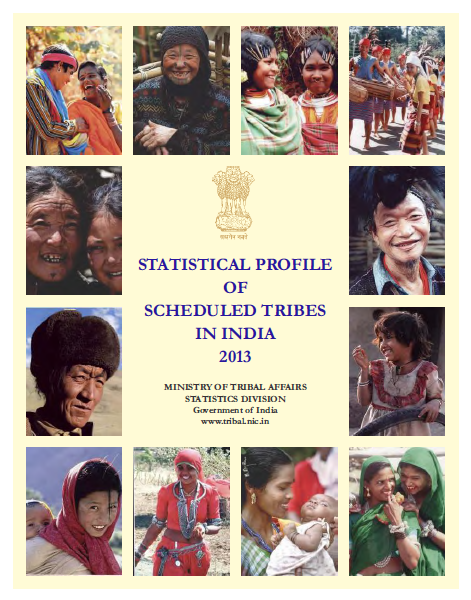The Indus Valley civilization, one of the world's oldest, flourished during the 3rd and 2nd millennia B.C. and extended into northwestern India. Aryan tribes from the northwest infiltrated the Indian subcontinent about 1500 B.C.; their merger with the earlier Dravidian inhabitants created the classical Indian culture. The Maurya Empire of the 4th and 3rd centuries B.C. - which reached its zenith under ASHOKA - united much of South Asia. The Golden Age ushered in by the Gupta dynasty (4th to 6th centuries A.D.) saw a flowering of Indian science, art, and culture. Islam spread across the subcontinent over a period of 700 years. In the 10th and 11th centuries, Turks and Afghans invaded India and established the Delhi Sultanate. In the early 16th century, the Emperor BABUR established the Mughal Dynasty, which ruled India for more than three centuries. European explorers began establishing footholds in India during the 16th century.
By the 19th century, Great Britain had become the dominant political power on the subcontinent. The British Indian Army played a vital role in both World Wars. Years of nonviolent resistance to British rule, led by Mohandas GANDHI and Jawaharlal NEHRU, eventually resulted in Indian independence, which was granted in 1947. Large-scale communal violence took place before and after the subcontinent partition into two separate states - India and Pakistan. The neighboring nations have fought three wars since independence, the last of which was in 1971 and resulted in East Pakistan becoming the separate nation of Bangladesh. India's nuclear weapons tests in 1998 emboldened Pakistan to conduct its own tests that same year. In November 2008, terrorists originating from Pakistan conducted a series of coordinated attacks in Mumbai, India's financial capital. Despite pressing problems such as significant overpopulation, environmental degradation, extensive poverty, and widespread corruption, economic growth following the launch of economic reforms in 1991 and a massive youthful population are driving India's emergence as a regional and global power.
India is a federal parliamentary republic.
Source: CIA World Factbook
Members:
Resources
Displaying 21 - 25 of 91Forest Rights Act, 2006
Ministry of Tribal Affairs(MoTA), Government of India provides definintion of forest land as per FRA, different types of forest rights as per FRA, and comprehensive rules and guidelines related to FRA.
Land Titling – A Road Map
With a view to give necessary impetuous to the exercise of titling, the Government of India in DoLR, Ministry of Rural Development formed expert comittee.
The committee shall suggest
(i) A Model for Land Titling
(ii) Its Road Map
(iii) Location for testing the Model
(iv) Administrative Setup required for the purpose
(v) Broad Legal Framework (including new laws and amendments in existing Acts etc.)
Household Ownership and Operational Holdings in India
This report is based on the Land and Livestock Holdings Survey (LHS) conducted in the 70th round of NSS during January 2013 to December 2013. The survey was conducted only in the rural areas of the country. The survey covered 4529 FSUs. Some features described in this report are:
- Household Characteristics
- Household Ownership Holdings of Land
- Household Operational Holdings of Land
Statistical Profile Of Scheduled Tribes In India 2013
The statistical profile is a comprehensive statistical profile of Scheduled Tribes (otherwise called indigenous people), produced and published by Ministry of Tribal Affairs, Government of India. The profile presents information relating to some key characteristics pertaining to STs like trend analysis of demographic profile, education, health, and employment status along with their proportions having basic amenities like, drinking water, electricity, and bank account etc.
The Right to Fair Compensation and Transparency in Land Acquisition, Rehabilitation and Resettlement Act
An Act to ensure,in consultation with institutions oflocal self-government and Gram Sabhas established under the Constitution, a humane, participative, informed andt ransparent process for land acquisition for industrialisation, development of essential infrastructuml facilities and urbanisation with the least disturbance to the owners of the land and other affected families and provide just and fair compensation to the affected families whose land has been acquired or proposed to be cquired or are affected by such acquisition and make adequate provisions for such affected persons for the i



